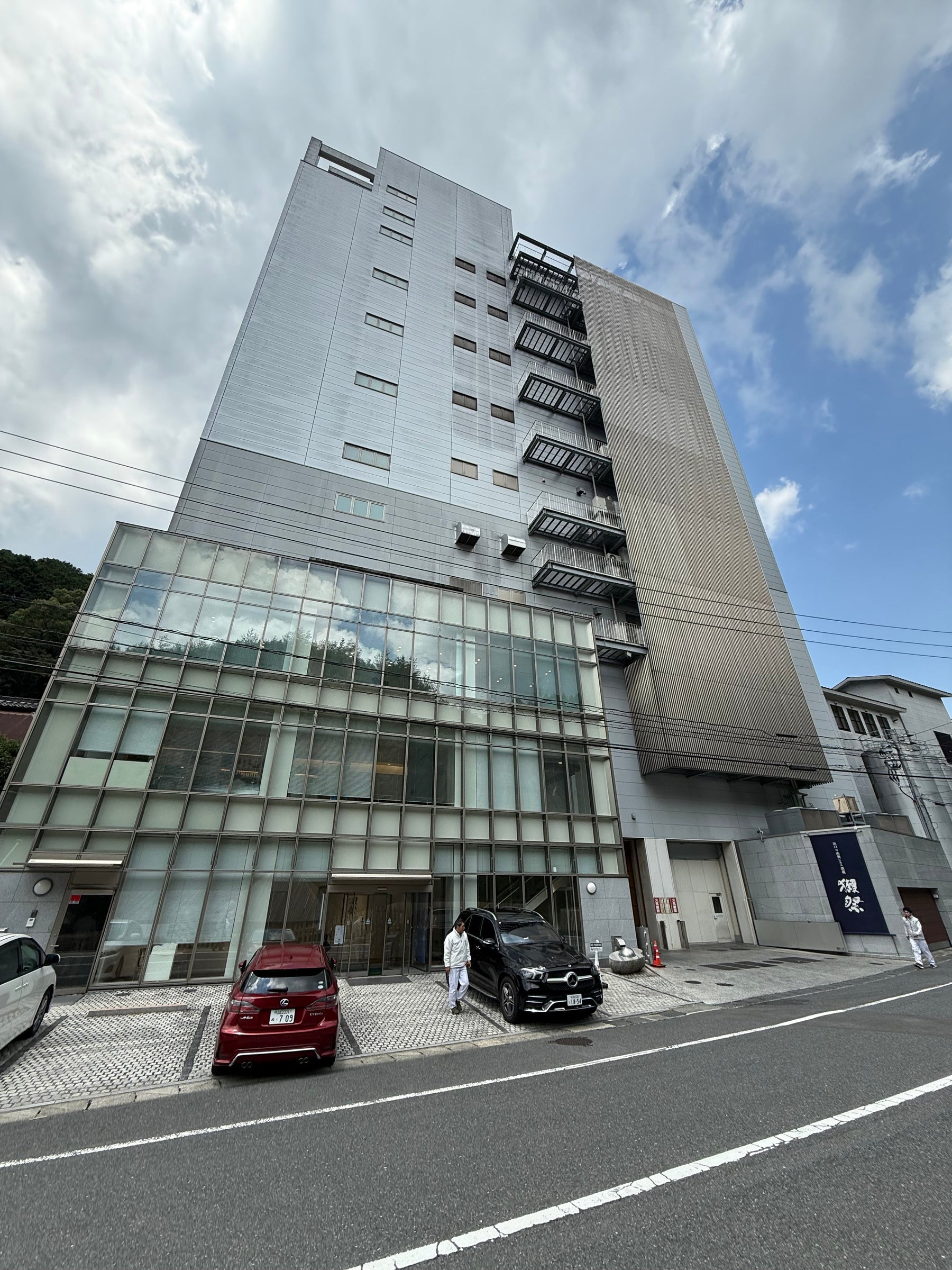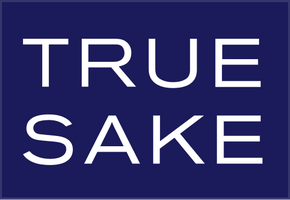
World Leaders – The Dassai Sake Brewery Is 12 Stories of Data Analysis and Teamwork

When you learn about the ancient Japanese libation called Nihonshu, many new and “weird” names and terms emerge in the lexicon of sake. Junmai Daiginjo may be one, and maybe another is “cold sake.” Slowly but surely, you start learning more about polishing ratios; aka milling rates, categories, and maybe even prefectures that are known to make sake in abundance. Words start creating more terms like Nigori and Honjozo sake, and then these concepts get fleshed out in other terms like pasteurization and no sulfites. Basically learning sake is like learning a new language, including the fact that “sake” doesn’t actually mean what we think it means (sake means ‘alcoholic beverage’ in Japanese). There is a lot of confusion when speaking the lexicon of sake, but there is one constant. Most sake drinkers, and more specifically all new sake drinkers know the word Dassai, because it is one of the most important words in all of the sake universe.
Mei and I just returned from Yamaguchi Prefecture on a trip to – wait for it – Dassai. And to be perfectly honest I knew the word Dassai, but now I know what Dassai means. Huh? What does Dassai mean? Well, the quick answer is, “Otter Festival,” but in reality it means the champion of large-scale Junmai Daiginjo sake made with the best Yamadanishiki sake brewing rice from all over Japan. It means awesome and powerful and beautiful and smart and tasty and quality and data and teamwork and large and consistant, and the perfect pursuit of an almost perfection that cannot be reached. In other words, Dassai means one of the most amazing achievements in the very long history of Japanese sake.
I met Kaicho (Chairman of the Board) 20 years ago when he visited our store, before Dassai started exporting sake to the US. I promised him then that we would “sell a ton of his sake when he decided to give the US market a try.” And he did, and we did! They have been incredible partners to retail sake sales as they are a wonderful tool to explain quality and delicious sake that is affordable and so welcoming to both new sake drinkers and those who, “know sake.”

But, Mei and I had no idea about the Dassai secret! What Dassai secret? The secret of not knowing exactly how HUGE the Dassai sake brewery is, and how much sake this special brewery produces each year. It’s vast. It’s immense. It’s crazy town. It’s so big that in 2024 the brewery – that only makes Daiginjo sake that is milled to above Daiginjo standards – produced 4,300,000 1.8L bottles of premium sake. For those good at math you can multiply that by 60 ounces (60 x 4,300,000 = 10,750,000 regular sized 24 oz bottles) Holy crap that is a ton of sake and if I heard right, that’s 3,000 huge tanks (shikomi) of sake each year. They have three floors each holding 100 fermenting tanks, which means that each floor does 1,000 tanks each year. Oh and I forgot to say that the brewery is actually 12 stories tall! Wait what? Yes, it is 12 stories tall and filled with 240 kurabito (brewery workers), who make more sake per person than any other brewery in the world. Snap! For the geeks, they have 30 people making the koji alone, and yes they work in two groups of 15 in two huge koji rooms. Yes, their sake is hand made. Huh? Yup!
And that’s why they bristle when folks say that they use automation or machines and robots to make their sake. They do not, they use man (woman) power with a special ingredient. Data. Yes, I said data is the secret ingredient. And I am not kidding. Kaicho-san gave us a university-like sake seminar presentation (that he gave to Columbia University) in which he said that he does not want to be mechanical or robotic making sake; in fact he wants more and more humans to make sake. But the catch is more and more humans with data, awesome and glorious data about every second and condition that sake was made from seedling to pressing. They achieve 100% knowledge about every fluid ounce of sake that they produce, and that is amazing to me.
Here are some interesting facts I managed to write down when we weren’t making sake with the four brewing teams: A-B-C-D. Their sales are 50% domestic and 50% international. This is excluding Dassai Blue, and their goal is to be 30% domestic and 70% international. They sell to 45 countries. China is the largest market at 65% and the US is 20%. And one of the craziest facts is that Dassai uses 30% of all Yamadanishiki brewing rice grown in Japan. Dang! They wash 8 tons of rice everyday. They wash and soak 2,400 kilos for koji rice each day. They own 52 milling machines. What the heck? They polish 45% in two to three days. To mill to 39% it takes 70 hours. And it takes 90 hours or 4 days to mill to 23%. What about the 8% for “The Future with Farmers – Dassai Mirai”? Oh that takes two weeks in the milling machine. If you’re into Yabuta pressing machines, they have 10 of those. And they also have 5 centrifuge machines, and I think that there are only 13 machines in Japan working today. (Beyond is a blend of Yabuta and Centrifuge.)

And I wrote this down, “They replicate what a toji does on paper using information, they analyze every inch and second of production, from temperature of steaming to seconds of soaking, to temperature of the Yamada being milled from each prefecture (inconsistency) to fermentation temps to having actual milled rice in packets on each massive bag of rice, 100% statistics, day by day statistics, 100% knowledge of that part of the sake at each moment so they can recreate their template exactly or blend it to get that specific taste, so if 23 doesn’t taste right, they move it to 39 and blend it to get the specific taste and feel using complete and accurate data.” Which basically means Dassai doesn’t want a toji or even needs a toji – they have worked very hard to eliminate a toji system and replace it with a data-driven manpower scenario using 100% information and removing the “toji intuition.”

So what about their yeast? Hmmmmmmm? They were so open and matter of fact with this information and then it dawned on me. They don’t have any brewing secrets. This is because they don’t have any competition on this scale, therefore they don’t mind sharing. Want to know their yeast scenario? They use two parts 1601, 2 parts 1401, and 6 parts 1801. Period. Bam! They use the exact same ratio of all three in all of their sakes. But! In New York at Dassai Blue the water is harder so they only use 1401 and 1601. There is no 1801 in Dassai Blue.
The entire tour of Dassai, which I now call Dassai-Land because it is the happiest place in sake, was a one-up scenario with each department and each aspect one-upping each other trying to get better and bigger and better! At one point in time this brewery in the middle of nowhere had 20 neighbors, and now I think they have 20 buildings. They have a milling warehouse, a rice storage warehouse, dormitories for their kurabito, machine warehouse, distillery, and so much more, and they are growing and making new production facilities.
I think in conclusion, the word Dassai means respect, respect for the Dassai family, respect for the Dassai customer base, respect for the concept of sake, and respect for the future of sake. RESPECT!
